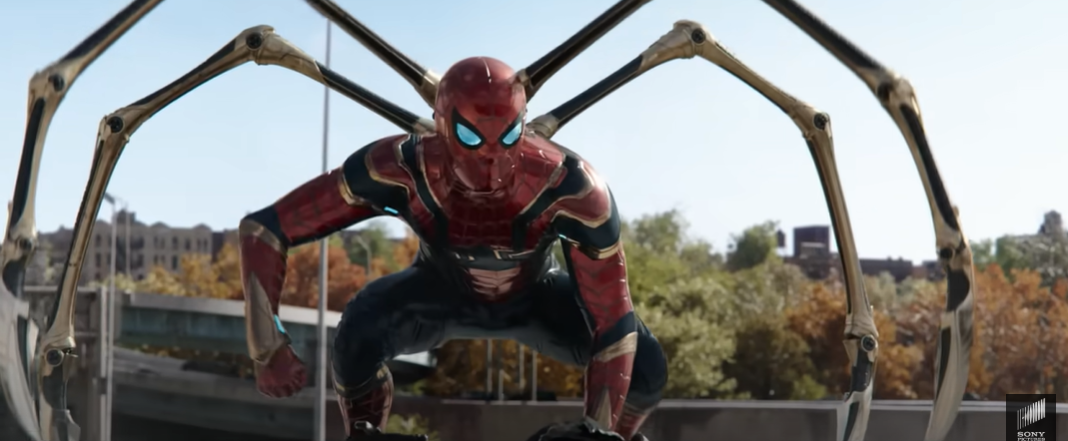- Tubelator AI
- >
- Videos
- >
- People & Blogs
- >
- Bioprocess Engineering Part 4: Available electrons and Degree of Reduction
Bioprocess Engineering Part 4: Available electrons and Degree of Reduction
In this video electron balance has been discussed. Concept of available electrons and degree of reduction has also been focussed upon with suitable examples.
Website: https://instantbiology.in/
Telegram channel: https://t.me/InstantbiologybyDrNeelabh
Instagram: https://www.instagram.com/instant_biology_by_dr.neelabh/
Video Summary & Chapters
No chapters for this video generated yet.
Video Transcript
Hello everyone and welcome to Instant Biology by Dr. Neelam.
Today we are going to talk about Bio Process Engineering.
We started Bio Process Engineering lecture series and this is the fourth lecture of that series.
In lecture 1, we have already discussed about what is a system and what are its surroundings.
We also talked about different processes like continuous process, batch process.
We have discussed about the effect batch process, semi-batch process, etc.
In the second lecture, we talked about material balance.
In the third lecture, we discussed about elemental balance.
We also asked a question on elemental balance.
In the fourth lecture, we will discuss about electron balance.
And how to do electron balance.
So, without further ado, let's start.
What is electron balance?
The basic concept of electron balance depends on the number of electrons available for the transfer of oxygen when complete oxidation of a substance takes place to CO2, NH3 and H2O.
So what does it mean to say that whenever a substance is being completely oxidized,
what is being converted into what substance, either it is converted into carbon dioxide or
it is converted into NH3 or it is converted into H2O.
Basically, what are we talking about?
We are saying that complete oxidation should be there.
See, complete oxidation and incomplete oxidation, you can understand very easily by an example.
So what is an example?
If you have seen the process of glycolysis,
what is happening in the process of glycolysis,
we are converting glucose,
which is converted into pyruvate at the end.
And if oxygen is present,
then through the Krebs cycle,
it is converted into carbon dioxide and water at the end.
So if glucose is being converted into carbon dioxide and water,
if there is glucose,
and it is being converted into CO2 and H2O at the end,
This process is called incomplete oxidation.
This process is called incomplete oxidation.
This process is called incomplete oxidation.
This process is called incomplete oxidation.
This process is called incomplete oxidation.
This process is called incomplete oxidation.
This process is called incomplete oxidation.
This process is called incomplete oxidation.
This process is called incomplete oxidation.
This process is called incomplete oxidation.
This process is called incomplete oxidation.
So what you have to pay attention to is that you have to see
that the carbon dioxide, NH3, or H2O should be converted.
Now, how to calculate the available electrons?
So, what is to be noted is that the available electrons are nothing but the valency.
Valency is the valency of the substance that is being converted or the electron that is providing oxygen.
For example, the carbon's valency is 4.
Hydrogen is 1, Oxygen is minus 2, Sulphur is 6, Saurus is 5.
So, the valency of all these elements does not change much.


 Install Tubelator On Chrome
Install Tubelator On Chrome










